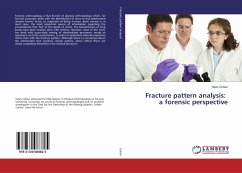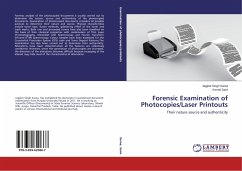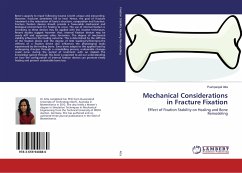Forensic anthropology is that branch of physical anthropology which, for forensic purposes, deals with the identification of more or less skeletonized remains known to be, or suspected of being, human. Bone trauma is, in most cases, the most important source of information regarding the circumstances that "led" to the death of the victim. The effect of impact tool physical characteristics (energy, direction, geometry), additional axial loading and soft interface covering play a major role in fracture patterns. However, the literature is nearly void of such studies, and only general correlations between the fracture pattern and the mechanism underlying the insult were reported. This experimental study clearly shows that impact tool physical characteristics markedly affect the fracture pattern.
Bitte wählen Sie Ihr Anliegen aus.
Rechnungen
Retourenschein anfordern
Bestellstatus
Storno








